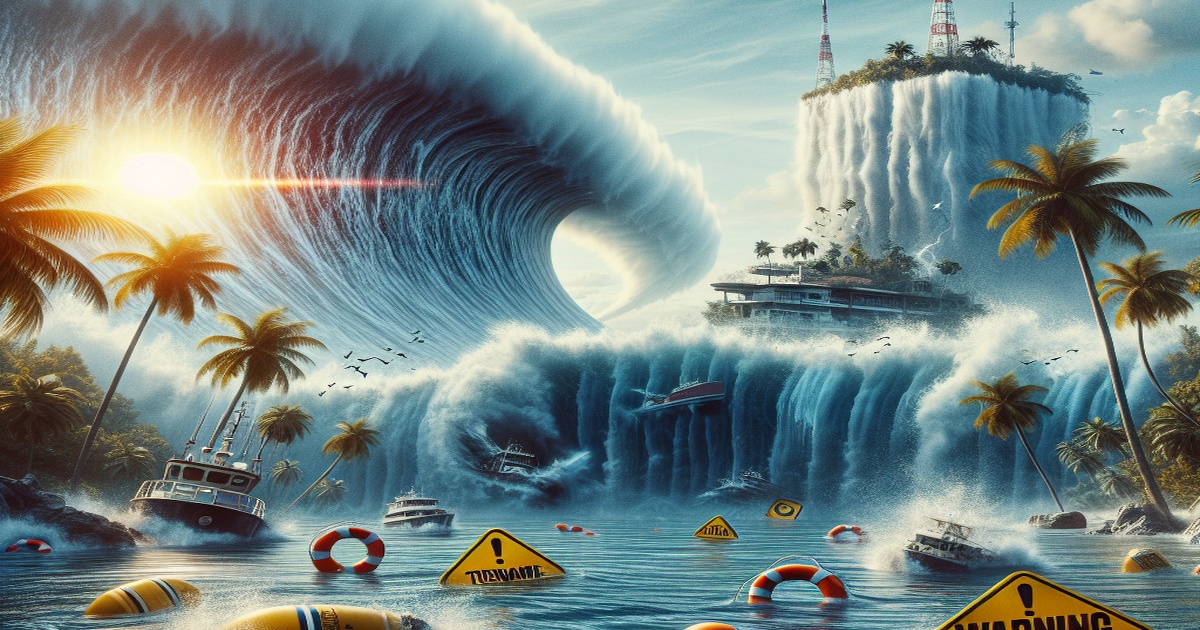The United States Geological Survey reported that a powerful earthquake measuring 7.6 on the Richter scale occurred in the Caribbean region, specifically southwest of the Cayman Islands. The quake, with a shallow depth of 10 kilometers, generated significant concern and led to widespread tsunami alerts issued by local and regional authorities.
Initial warnings urged beachgoers and coastal residents across several areas—Caribbean islands, Honduras, and parts of the U.S. territories—to move inland as precautionary measures against a potential tsunami. The National Weather Service later noted that any forecasted tsunami wave heights would remain below one foot, decreasing the immediate hazard. However, strong and unusual currents were still expected, particularly affecting boats, harbors, and piers.
Authorities soon began to adjust their advisories. By late evening, tsunami warnings for Puerto Rico and the U.S. Virgin Islands were officially cancelled, even as updated notifications indicated that certain regions, including Cuba and nearby areas, might observe waves reaching up to three meters above the tide. The adjustments reflected evolving assessments of the situation, with officials advising caution near the water due to the possibility of dangerous currents.
Governments in Cuba, the Dominican Republic, and Honduras responded by urging coastal residents to seek higher ground and steering ships away from affected areas. Emergency management agencies in the Cayman Islands also recommended moving inland, depending on proximity to the coast. In addition, local authorities highlighted the likelihood of aftershocks, which may continue over the coming months or even years following the primary quake event.
Overall, while the immediate tsunami alerts have largely been lifted in some regions, the incident has left a reminder of the dynamic and potentially hazardous nature of seismic activity in the area, emphasizing the importance of preparedness and vigilance.







9 Comments
Katchuka
“The advisory details, like moving inland and avoiding strong currents, are practical and timely reminders.”
Eugene Alta
“The mixed messages just add to the public’s anxiety. Clear-cut decisions would help more than these constant adjustments.”
Katchuka
“This article shows transparency—updating warnings as new information comes in is crucial during crises.”
KittyKat
“Great job by emergency services and local governments for coordinating responses and keeping communities alert.”
Loubianka
“It’s good to see that officials are urging people to take appropriate safety measures even if the threat has lessened.”
Africa
“I like how the report acknowledges both the immediate threat and the possibility of aftershocks. Knowledge is power!”
Muchacho
“The balance of caution and accurate updates in this report really shows an effort to keep everyone safe.”
Muchacha
“I’m impressed by the coordination across multiple regions. It sets a good example of how to handle natural threats.”
Coccinella
“Really appreciate the detailed updates in this report. Being informed is the first step in staying safe.”